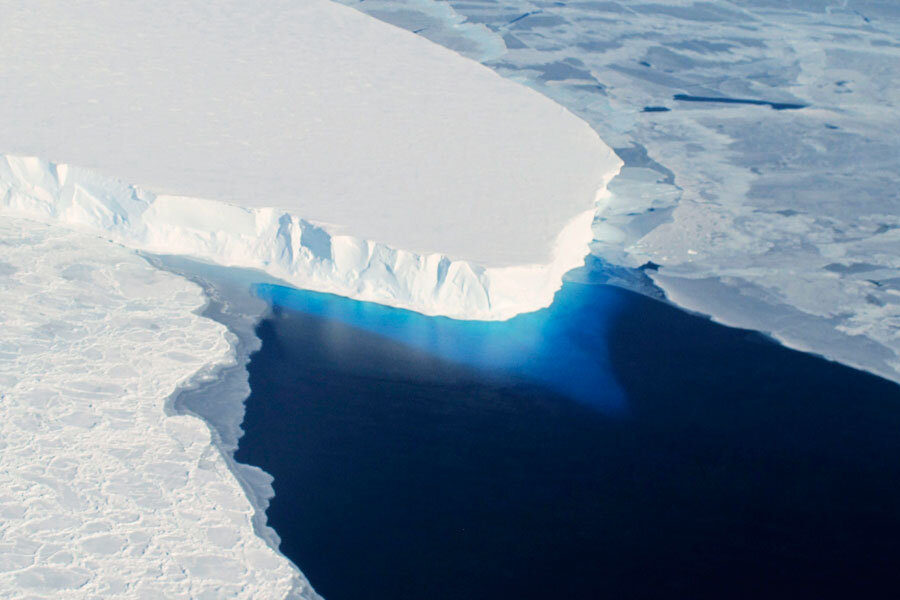How global warming is literally making your day longer
Loading...
Melting glaciers caused by global warming will likely impact the Earth’s rotation, researchers suggest in a paper published Friday in the journal Science Advances.
Researchers at Harvard University suggest the duration of the Earth’s day has lengthened by a millisecond over the past 100 years. Because, as atmospheric temperature rises and ice from the poles melts into the ocean, the weight of the planet’s water shifts from Earth’s axis to the Equator, causing the planet’s rotation to wobble and slow.
And when the Earth’s rotation slows, the days get longer.
“Because glaciers are at high latitudes, when they melt they redistribute water from these high latitudes towards lower latitudes, and like a figure skater who moves his or her arms away from their body, this acts to slow the rotation rate of the Earth,” Harvard University geophysicist and lead author Jerry Mitrovica told Reuters.
Additionally, glacial melt will make the Earth’s rotation wobble because “the melting of glaciers isn’t perfectly symmetrical, and the water will move more in some parts of the Earth than others,” Mitrovica told The Washington Post.
Building off of research from a 2002 paper by oceanographer Walter Munk, Mitrovica and his team solved “Munk’s enigma,” an early suggestion that melting glaciers were changing the Earth’s rotation. Dr. Munk knew that the Earth’s rotation had changed, and he knew sea-level rise had occurred, and while he knew the two were related he couldn’t make his data prove it.
Consequently, Munk predicted that melting polar ice caps would actually make the Earth's days shorter, because melting removes the weight of ice from the poles and allows the underlying rock to rebound upward, adding more mass to the poles and causing the planet to spin more quickly.
But to officially solve Munk’s original thesis, Mitrovica’s team lowered Munk’s estimate of sea level rise over the 20th century by 30 percent (equating to 1 or 1.5 millimeter each year). They also updated Munk’s model to account for Earth’s less-than-perfectly-spherical shape during the Ice Age and underestimating glaciers’ ability to deform underlying rock in the long term.
And most importantly, Munk did not account for the Earth’s liquid core, which plays a huge role in slowing the planet’s rotation.
“It’s like a hamster in a wheel,” Mathieu Dumberry, a physics professor at the University of Alberta, told CBC news. “The hamster runs in one direction and the wheel [turns] in the other.”
“What we believe in regard to melting of glaciers in the 20th century is completely consistent with changes in Earth’s rotation [as] measured by satellites and astronomical methods,” Mitrovica told Live Science. “By resolving Munk’s enigma, we further strengthen the already-strong argument that we are impacting climate.”
And while the change is modest, experts say it should not be underrated.
“The period of a day is now a millisecond longer than a century ago but that will accelerate as the melting increases,” Mitrovica told The Guardian. “People won’t be running from their houses screaming about an extra millisecond but it adds yet further confirmation of what we are doing to our environment. It’s another fingerprint.”
The volume of Earth’s glaciers is predicted to decrease between 15 and 85 percent by 2100, further slowing Earth’s rotation.






